As Conflict Escalates, Secret Russian Files Reportedly Reveal Lowered Nuclear Threshold Training
Plus: delving into NATO's growing stranglehold of confrontation with Russia, aimed at continuing the European war indefinitely.
This is a paid subscriber piece for a timely, and urgently-developing issue, given recent events surrounding nuclear provocations. It will cover new documents about secret Russian training involving unprecedentedly lowered tactical nuclear thresholds, as well as the general outlook for the US and NATO militaries and defense industries in the medium term future.
It’s another whopping 5,700+ word piece in size with a ton of scintillating information, of which I’ll leave a generously copious ~2,200 free to my appreciated free subscribers.
The reason this report felt urgently timely was because of all the ongoing escalations surrounding Ukraine, which are clearly aimed by Zelensky’s regime at raising tensions as high as possible and preferably stoking a much larger conflict that could give his forces relief. Thus, in light of these recent actions, the following reports have taken on a particularly significant tint.
To kick things off, coming on the heels of the tensions surrounding Ukraine’s escalatory invasion into Kursk and attendant nuclear threats against the ZNPP and KNPP, Financial Times decided to break the story of how Russia has secretly trained to conduct vast crippling tactical nuclear strikes on European infrastructure, presumably on first strike basis:

But first, to get past the initial screen of clickbait sensationalism that usually clouds nuanced understanding of the facts of such reports.
FT admits the “secret stash of documents” they examined surrounds plans drawn up by Russia way back in the 2008-2014 period and is obviously being trotted out now for reasons of drumming up tensions:
The cache consists of 29 secret Russian military files drawn up between 2008 and 2014, including scenarios for war-gaming and presentations for naval officers, which discuss operating principles for the use of nuclear weapons.
However, it must be said that the concern is not entirely unfounded, given that just last month Putin had triggered rare exercises specifically of Russia’s tactical nuclear forces, which included the arming and simulated launch of special nuclear-tipped Iskander-M missiles, amongst others. The article acknowledges this:
This means it’s plausible that Russia’s recent exercises could have infact been in accordance with the procedures and doctrines outlined in the mentioned documents. Note that the topic of nuclear war, nuclear exchange, etc., has become quite passé these days—but that is only in reference to the classic strategic ICBM nuclear ‘exchange’ with the U.S. The topic at hand here is entirely different and very rarely studied or discussed: a type of lower intensity nuclear war conducted mostly via tactical nuclear weapons, which in this case extends to intermediate range missiles of the kind that can reach all of the UK, as shipyards in Farrow-in-Burness and Hull were said to be part of the target list:
Delving into the description of the report from the FT article, there are a few eye-opening and little-known facts worth exploring.
Firstly, they state that Russia retains the capability to carry nukes on surface ships in order to strike pre-emptive blows on enemies from various unexpected directions:
The presentation also indicates that Russia has retained the capability to carry nuclear weapons on surface ships, a capacity that experts said carries significant extra risks of escalation or accidents.
The document notes the navy’s “high manoeuvrability” allows it to conduct “sudden and pre-emptive blows” and “massive missile strikes . . . from various directions”. It adds that nuclear weapons are “as a rule” designated for use “in combination with other means of destruction” to achieve Russia’s goals.
The leaked documents also indicate that Russia has retained the capability to carry tactical nuclear weapons on surface ships despite a 1991 agreement between the Soviet Union and the US to remove them.
Among Russia’s carriers of tactical nuclear weapons, it lists “anti-submarine missiles with nuclear warheads placed on surface ships and submarines” and “ship and shore-based anti-aircraft guided missiles with nuclear warheads to defeat enemy air defence groups”.
This likely refers to missiles like the Oniks P-800, Kalibr, and hypersonic Zircon, all which have nuclear variants. Each Russian fleet has a list of its own designated targets for nuclear attack: the Northern Fleet would hit defense-industrial targets in the UK, while the Baltic Fleet would hit Norway and Germany.
But William Alberque, a former Nato official now at the Stimson Center, said the sample was a small portion of “hundreds, if not thousands, of targets mapped across Europe . . . including military and critical infrastructure targets”.
Russia’s capacity to strike across Europe means that targets all over the continent would be at risk as soon as its army engaged with Nato forces in frontline countries such as the Baltic states and Poland, said analysts and former officials.
The first truly eye-opening detail is the claim that these secret internal Russian documents include plans for a potential nuclear “demonstration” strike, if things really begin escalating:
The presentation also references the option of a so-called demonstration strike — detonating a nuclear weapon in a remote area “in a period of immediate threat of aggression” before an actual conflict to scare western countries. Russia has never acknowledged such strikes are in its doctrine.
Such a strike, the files say, would show “the availability and readiness for use of precision non-strategic nuclear weapons” and the “intention to use nuclear weapons”.
To clarify: we’ve often talked about Russia doing a demonstrative nuclear test in order to get NATO’s attention in the Ukrainian conflict. That is something entirely different. A nuclear test would be something run by scientists for measuring purposes, conducted in a safe and controlled way, with a nuclear device usually detonated in a stationary mode somewhere on or near the ground.
That is why this is particularly eye-opening because it is something far more aggressive and threatening. It would entail Russia not setting up a test, but actually live-firing a real tactical nuke from one of their many systems into a remote area. The simple acknowledgment that Russia even has such contingencies drawn up is fairly startling and clearly draws a heavy shadow over the now-escalating Ukrainian conflict, where NATO’s involvement continues to grow more out of control each day.
The article states that NATO admits they have less than 5% of required air defense capacities to even consider stopping such a Russian attack:
According to Nato’s calculations, countries in the alliance have less than 5 per cent of the air defence capacities required to protect the alliance’s eastern flank against a full-scale attack from Russia.
Putin said in June that Europe would be “more or less defenceless” against Russian missile strikes.
This is an important point to punctuate because people like to point out how Russia is being demilitarized by NATO in Ukraine, yet forget to include the grave demilitarization of NATO countries’ premiere systems taking place on the Ukrainian side. This particularly concerns air defense because such systems are not only not very numerous in Europe, but they are not even manufactured in great quantity; and they are precisely the systems essential to blunting even a fraction of a potential Russian attack.
The report links another previous article of theirs with even more details.
It includes the revelation that Russia secretly harbors much lower thresholds for using tactical nukes than ‘ever publicly admitted’:
These include:
Criteria for a potential nuclear response range from an enemy incursion on Russian territory to more specific triggers, such as the destruction of 20 per cent of Russia’s strategic ballistic missile submarines.
“This is the first time that we have seen documents like this reported in the public domain,” said Alexander Gabuev, director of the Carnegie Russia Eurasia Center in Berlin. “They show that the operational threshold for using nuclear weapons is pretty low if the desired result can’t be achieved through conventional means.”
An enemy incursion into Russian territory, one that does not even necessarily present an “existential threat” to the sovereignty of the state, as we’ve previously believed? One can quickly see why this is more relevant than ever, given Ukraine’s recent Kursk incursion.
Russia currently maintains 12 ballistic missile submarines, so the 20% destruction trigger threshold listed above would represent destroying as few as 2 of them.
The most relevant to the ongoing Ukraine operation is the following segment:
A separate training presentation for naval officers… outlines broader criteria for a potential nuclear strike, including an enemy landing on Russian territory, the defeat of units responsible for securing border areas, or an imminent enemy attack using conventional weapons.
The slides summarise the threshold as a combination of factors where losses suffered by Russian forces “would irrevocably lead to their failure to stop major enemy aggression”, a “critical situation for the state security of Russia”.
In short, it appears to suggest that if an invading force breaches Russia’s initial line of border defenses and seems to threaten Russia a larger expansion into Russia, this could trigger potential tactical nuclear usage.
This is precisely what’s happening in Kursk right now: Ukraine has already breached the border garrisons and continues to pile on more breakthrough reserves to go even deeper. The most noteworthy fact is not only that Ukraine potentially seeks to capture a nuclear power station in Kurchatov to carry out nuclear blackmail against Russia, but there were hints of other ulterior objectives, like capturing Russia’s nuclear storage site at 50.558061, 35.754448, called Belgorod-22—though it’s claimed Russia has long removed the nuclear weapons stored there.
Furthermore, we must take into account the fact that Ukraine has already struck Russian strategic sites, not only hitting strategic bombers at airfields, but the strategic missile defense radar network several months ago. Even as of this writing, the Russian strategic Tu-95 airfield Olenya in Murmansk has reportedly been hit, or an attempt was made. Not to mention the recent attack on Morozovsk airbase in the Rostov region located at 48.317297522288435, 41.78966336425716. This airbase was said to be an official nuclear weapons storage site. Outlined in red below is said to be the section of the base for nuclear weapons storage:
And the square object to the right of it, full of munitions and fuel warehouses, was entirely destroyed by a Ukrainian strike just a couple weeks back, in early August:
Granted, it’s once again rumored that Russia has already removed the nuclear weapons from there. But the fact that Ukraine is brazenly striking known Russian nuclear deterrence sites while now fulfilling one of the other key conditions—according to the report—of Russia’s tactical nuclear defense, by breaking through Russia’s border regions in Kursk—these things combined should give us pause, and force us to wonder how close Russian defense officials could be to secretly discussing some measure of nuclear retaliation.
Given that, as stated before, Putin has already triggered tactical nuclear exercises, we can only assume there’s at least some form of a Defcon level change in the defense ministry.
Just for the record, this was the previous American “red line” officially given Russia—that if Russia ever used a nuclear device in Ukraine, NATO would destroy the entire Black Sea Fleet and every object of importance within the SMO sphere via a massive shock and awe attack:
Such a move makes no political sense for Putin, who is understood to have been restrained by his Chinese allies. They have made clear that their support is dependent on no nuclear deployment. But Russia has also been warned of a massive US-led conventional response if they go nuclear. In October 2022 General David Petraeus, the former director of the CIA, who commanded US forces in Afghanistan, issued a public warning to Putin. He said: “We would respond by leading a Nato (collective) effort that would take out every Russian conventional force that we can see and identify on the battlefield in Ukraine and also in Crimea and every ship in the Black Sea.”
Just two days ago, Lukashenko stated in an interview that Ukraine is trying to get Russia to use tactical nukes against it:
“Ukraine would be very happy if Russia used tactical nuclear weapons against it. It would be a blessing [for Ukraine].”
By the way, for those wondering how powerful such tactical nukes are, here are two pieces of official information:
Targeting a “moderately concentrated” brigade of 5,000 troops would need “five or six” nuclear warheads, the source said, an ineffective strategy. (source https://archive.ph/zNwR5)
Former US Secretary of Defense Dick Cheney said that to destroy one division of the Republican Guard of Iraq, according to his calculations, 17 tactical nuclear charges (warheads) were needed. This roughly corresponds to the number of 3-4 brigades of the Armed Forces of Ukraine.
Defense experts at the UK’s Times magazine stated five or six tactical nukes are needed for a single brigade, while Cheney has been quoted with a similar ratio: that 17 tactical nukes are needed to destroy 3-4 brigades:
Budanov has previously stated tactical battlefield nukes would be mostly useless because the AFU forces are so dispersed that the nukes would hardly inflict much casualties—and this is true. In short: there is much more to lose than gain for Russia in using tactical battlefield nukes, other than perhaps a demonstrative one. Intermediate nukes against NATO bases on the other hand are a different story. That would certainly have an effect but could obviously trigger a full strategic nuclear exchange, and thus Armageddon itself.
One must admit that, especially given Russia’s less-than-ideal handling of the border situation, there is some non-zero chance potential that Ukraine could pull further ‘tricks’ to break through and compromise large parts of the Kursk and Belgorod regions. Could such a thing beget a crisis wherein Russian officials may have to seriously consider the nuclear option? After all, there’s already much more vehement rhetoric coming out of the country than even before; for instance, this latest fire and brimstone speech by Medvedev:
For those that may rightfully be confused as to why these documents appear to allow Russian nuclear use when the notorious Russian nuclear doctrine expressly forbids it, barring existential threats, the article explains:
The materials are aimed at training Russian units for situations in which the country might want the ability to use nuclear weapons, said Jack Watling, a senior research fellow for land warfare at the Royal United Services Institute, rather than setting out a rule book for their use.
“At this level, the requirement is for units to maintain — over the course of a conflict — the credible option for policymakers to employ nuclear weapons,” Watling added. “This would be a political decision.”
In short, the claim is that it’s to allow Russian troops to train for the possibility of the nuclear threshold being lowered in the future, so that if it ever happens, they are ready with all procedures.
Another interesting last bit which segues us into the next section:
Under this strategy a tactical weapon could be used to try to prevent Russia from becoming embroiled in a sprawling war, particularly one in which the US might intervene. Using what it calls “fear inducement”, Moscow would seek to end the conflict on its own terms by shocking the country’s adversary with the early use of a small nuclear weapon — or securing a settlement through the threat to do so.
Threats of Wider War
That brings us to the question of NATO and US escalation, which we know is being used as a slow stranglehold to increase pressure on Russia. I’ve written about it recently, but there are a few updates which follow the general scheme—that is, NATO’s periphery lapdogs telegraph their own intentions by first blaming some coming provocation on Russia:
As you can see in the above, Lithuania’s defense minister has just issued threatening words, in effect hinting that Russian Kaliningrad is now defenseless, which would make it prime for the taking by NATO forces.
And right on cue, there were suddenly a series of provocative actions. Last week a Polish air wing practiced a raid on Kaliningrad, which was caught on Russian radars. Airforce blogger FighterBomber described it with the appropriate photos:
Polish Air Force Practiced F-16 Raid on Kaliningrad Region
Blogger Fighterbomber reported that Russian radars had detected a flight of Polish fighters (yellow arrows on the map), which had lined up six times for a training attack on Russian territory.
On their last approach, they deployed only 40 kilometers from the state border, which is already sufficient for the use of high-precision weapons.
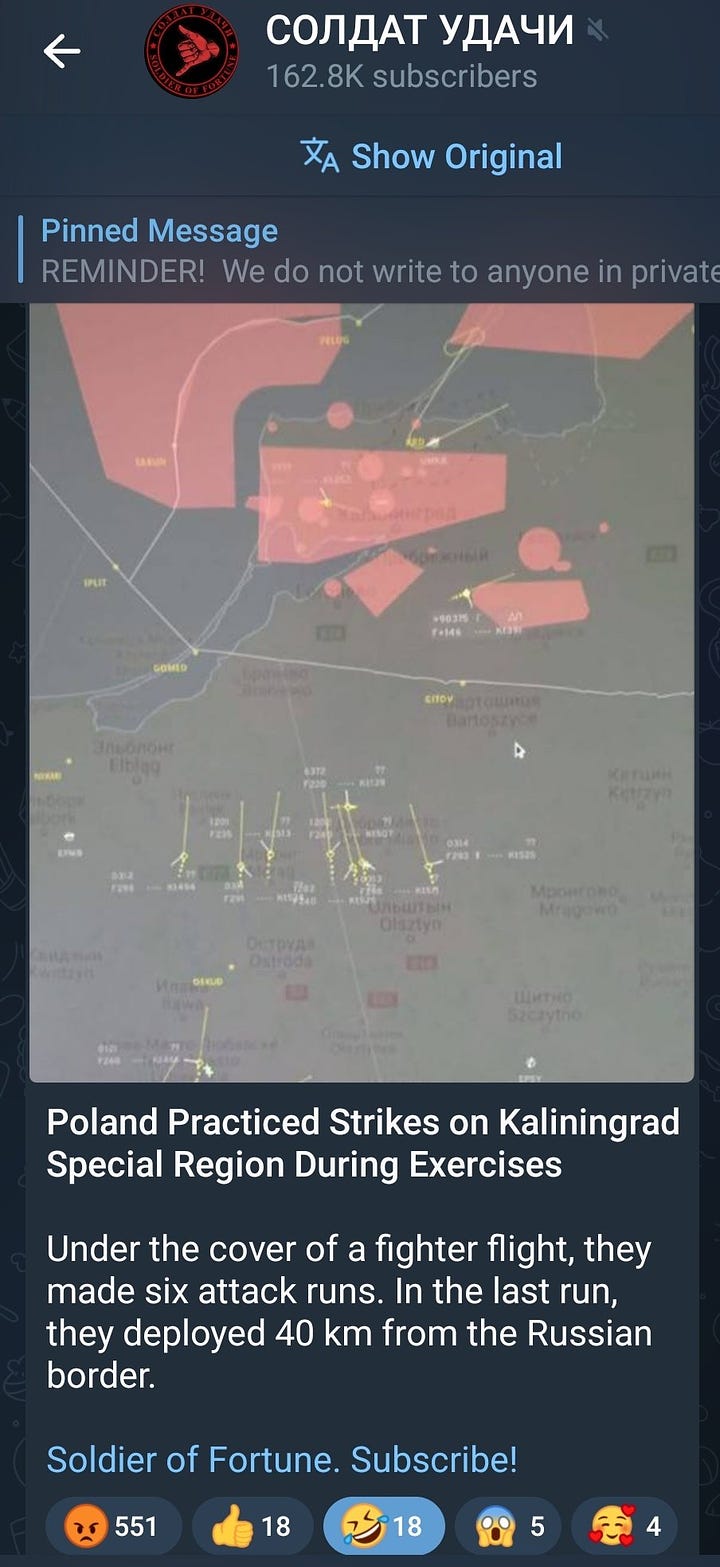
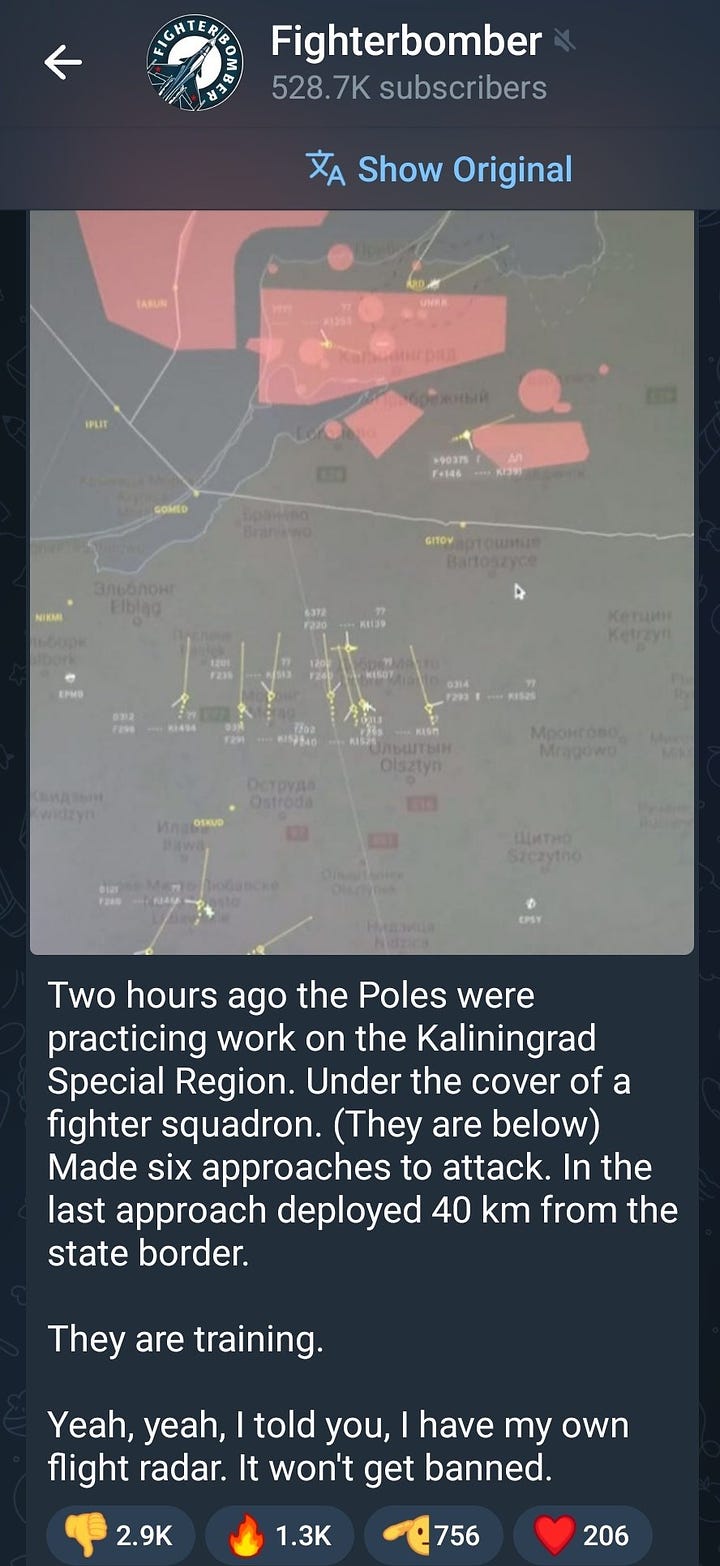
You can see above there are at least seven or so yellow lines reportedly representing F-16s, with three others farther south, flying just over Polish Olsztyn, which would be about here:
Now there is an inundation of provocations meant to raise tensions all across Russia’s vast border. I posted the Transnistria update last time, here again:
Chisinau wants to "return" Transnistria with the help of the Ukrainian Armed Forces.
The liberation of the Odessa region is getting closer...
Now only a day later, Germany’s Scholz visits Moldova and posts this provocative tweet again telegraphing tensions onto Russia:
This is no coincidence, it’s called: coordinated and orchestrated action.
That’s not to mention that Germany is now seeking to build a Rheinmetall plant in Romania
Rheinmetall in the Romanian city of Victoria, together with the military-industrial campaign Pirochim Victoria SA, began construction of a shell factory. This is all part of a program to increase the production of ammunition for 155-mm guns, up to 1 million units by 2027.
And on top of that, Romania itself is aiming to build the largest NATO base in all of Europe:
Is NATO actively preparing for war with Russia? A small nuclear war in Europe, is that what you want?
📰 Romania is converting a Soviet-era airfield into NATO's largest military base, — The Times
The publication writes that the Mihai Kogelniceanu air base will be twice as big as Germany's Ramstein base and will become NATO's largest base in Europe.
"The transformation of Mihai Kogelniceanu into a NATO fortress that can accommodate 10,000 troops and US nuclear bombers was originally conceived as a response to Russia's attacks on Georgia in 2008 and Crimea in 2014, but the project has taken on added significance after the full-scale invasion of Ukraine in 2022," — The Times reports.
Now, Germany’s Die Welt reports that after Russia’s invasion of Ukraine, German command had begun a vast, secret 1000 page defense initiative to prepare Germany for war:
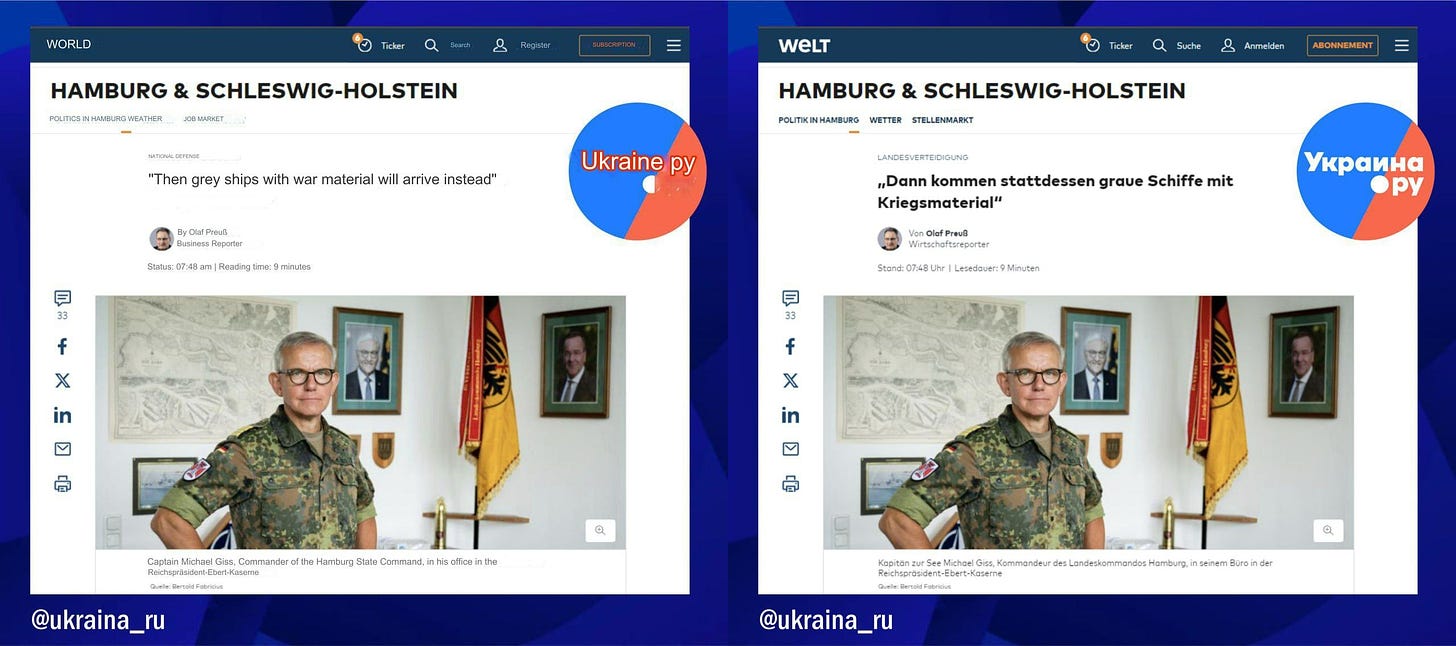
The plan revolves around the idea that Russia will be capable of attacking NATO in around five years’ time. In short: Germany is preparing for war against Russia, with each of the 16 federal districts divided by task for the purpose in the old meticulous German organizational style.
We assume that Russia could test NATO with conventional means in around five years' time. Russia has been carrying out cyber attacks, disinformation and sabotage against NATO as part of the “hybrid” war phase for several years now anyway.
This reflects the British establishment’s recent timetable:
Sky News published a statement by the Chief of the General Staff of the British Army, General Raleigh Walker. He said Britain and its allies should be ready for war in three years ' time. The threat is posed by China, Iran and, of course, Russia. Of course, Russia will attack everyone, China will fight for Taiwan in 2027, and Iran is simply dangerous.
At the same time, NATO countries are preparing logistics and warehouses closer to the borders of Russia, and a plan has already been created to enter the war on the side of Ukraine with a planned invasion of our territory.
If you read the Welt article, it mostly revolves around the very practical planning stages of making Germany a logistics hub for NATO forces, with the streamlined ability to move hundreds of thousands of troops, armor, materiel, and casualties rapidly.
In lock step is Lithuania, now already building a new base to house German troops:

Lithuanian Defense Minister Raimundas Vaiksnoras described the construction as a “huge investment” that will cost over $1.1 billion. He said the German deployment represents “deterrence, to push the Russians out.” However, it is unclear where Lithuania plans to push Russia from as Moscow has not invaded the Baltic state.
At least two dozen German soldiers are already stationed in Lithuania. The German troop deployment, which is scheduled to surge to 4,800 troops by 2027, is Berlin’s first permanent garrison of soldiers deployed to Lithuania since World War 2. From 1941-1945, Nazi Germany occupied Lithuania. Under Hitler’s control, nearly Lithuania’s entire Jewish population was wiped out.
The deployment will provide a significant military surge to Lithuania, which has only 15,000 active duty soldiers. The base is located just 12 miles from the border with Belarus. Germany plans to deploy over 100 Leopard Tanks to the base.
Most troubling about these recent developments is just yesterday, NY Times broke the news that the US likewise joined the nuclear threats fray, with the Biden administration announcing new changes to their own nuclear doctrine, to account for a potential nuclear confrontation with both Russia, North Korea, and China simultaneously:
From the above:
Primarily, the shift in nuclear posture comes down to two things, as per the above:
The threat of Russia, China, and North Korea somehow ‘coordinating’ their nuclear capabilities together, which would greatly imbalance the US’ own nuclear forces
The claim that China’s nuclear arsenal in particular is growing faster than ever, with a target of 1000 warheads by 2030, and 1500 by 2035, which would roughly match both the US’ and Russia’s arsenals
In reference to the coordination, it’s interesting that the US has signaled increasing fear in this regard. For instance, a recent story from last month:
It relates how a Congressional committee on China issued a formal request to the White House to investigate how much China is learning from Russia because they fear Russia may be disclosing all the secrets in how to stop US’ most advanced weaponry to China:
In their letter, the Congressmen also sought an investigation into whether the Chinese military had modified its combat techniques based on insights gained from Russian battlefield experiences.
Additionally, they called for clarity on how the White House planned to maintain the effectiveness of US military power in the face of potential adaptations by Russia and China and to hold China accountable for its support of Russian aggression in Ukraine. The National Security Council had not responded to requests for comments.
This includes things like jamming the HIMARS, stopping the ATACMS, and targeting US Patriot systems, etc. Of particular concern is the fact that the US plans to give these same systems to Taiwan to deter China, which may already be learning how to successfully counteract these weapons.
Getting back to the aspect of a direct confrontation between Russia and NATO, there is another interesting thing to share.
In preparation for this future war, the US Army has done a series of articles on the practicalities of Large Scale Combat Operations (LSCO) and their attendant casualties, which surely came as a drench of cold water for the administrators.
Currently, estimated fatality rates per day in LSCO exceed throughput and are similar to those observed during World War II, at a baseline of 2.6 percent. This translates to roughly 120 fatalities within each brigade per day. Given the significant incongruities between the processing throughput at MACPs and the anticipated fatality rate, MA personnel will be immediately overwhelmed in LSCO.
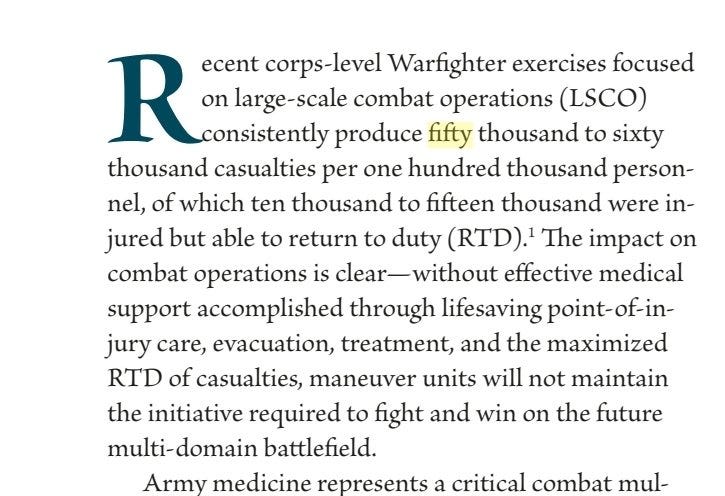
These are all official army.mil documents as you can see by the links above. They state plainly that recent wargames have showed the US would suffer 21,000 casualties per week in large-scale war against peer adversaries:

“It will take everyone to clear the battlefield as quickly as we can when we’re talking about the scale of 21,000 casualties in corps warfighting,” said Maj. Gen. Michael Talley, head of the Army’s Medical Center of Excellence. “That’s reality. How do you keep going? How do you sustain momentum?”
Would the current US Army really be able to handle such levels of casualties? You decide:
Nuclear Rearmament
The US has been attempting to rearm its nuclear arsenal in order to prepare for the earlier-mentioned Chinese nuclear expansion.
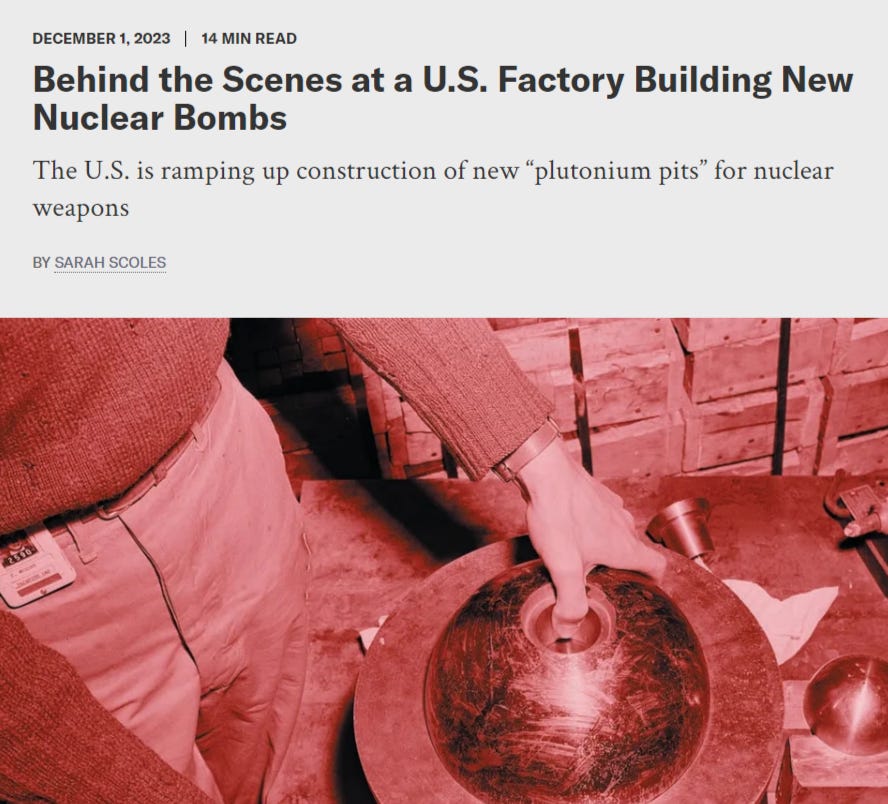
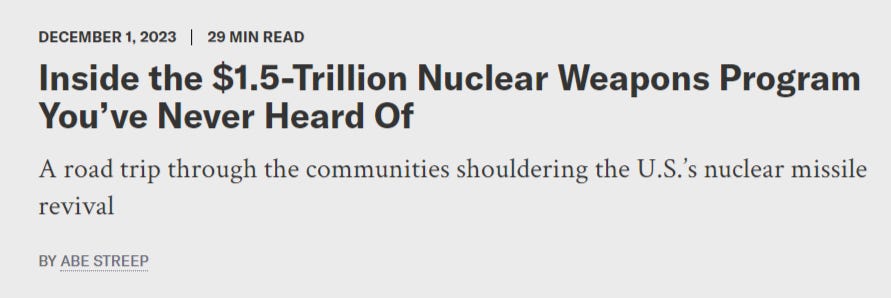
The US has launched a massive $1.5 trillion program to build new nukes and overhaul its aging nuclear arsenal.
We were there as the lab and the broader National Nuclear Security Administration Complex were embarking on a charm offensive to support the new plutonium work. They have to win over the tax-paying public and recruit some 2,500 new employees for the job
The Scientific American article describes the ramp up to produce 30 plutonium ‘pits’ per year at the Los Alamos lab—in its most secure and secretive complex called Tech Area 55.
The problem is, ever since the competency crisis era began, Los Alamos has been absolutely plagued with serious issues to the point its nuclear lab was shut down for a long time:


The above articles are several years old, but the issue has remained, with recent headlines reporting very elevated levels of radioactive contamination in the vicinity of the lab:

You can watch a whole presentation on it from just a week ago, with readings taken around Santa Fe near the lab:
There is a long history of unprofessional conduct at the lab going back two decades. There have been several incidents where careless workers mishandled plutonium pits and rods, placing them together to create near-criticality accidents.
From the 2017 Science.org article:
It then set in motion a calamity of a different sort: Virtually all of the Los Alamos engineers tasked with keeping workers safe from criticality incidents decided to quit, having become frustrated by the sloppy work demonstrated by the 2011 event and what they considered the lab management's callousness about nuclear risks and its desire to put its own profits above safety.
When this exodus was in turn noticed in Washington, officials there concluded the privately-run lab was not adequately protecting its workers from a radiation disaster. In 2013, they worked with the lab director to shut down its plutonium handling operations so the workforce could be retrained to meet modern safety standards. -Source
The efforts to ‘retrain’ personnel did not succeed:
Those efforts never fully succeeded, however, and so what was anticipated as a brief work stoppage has turned into a nearly four-year shutdown of portions of the huge laboratory building where the plutonium work is located, known as PF-4.
You see, the problem is one of culture: as DEI and other practices slowly worm their way into the country’s every institution—as happened with Boeing—it begets a kind of incurable institutional rot that takes out the storied, generational foundation from beneath these enterprises, from which they cannot possibly recover. This is what’s already happened with NASA, for example, and why they cannot go back to the moon even if they tried.
Officials privately say that the closure in turn undermined the nation's ability to fabricate the cores of new nuclear weapons and obstructed key scientific examinations of existing weapons to ensure they still work. The exact cost to taxpayers of idling the facility is unclear, but an internal Los Alamos report estimated in 2013 that shutting down the lab where such work is conducted costs the government as much as $1.36 million a day in lost productivity.
This sounds like a nightmare:
The technicians' improvised photo-op, an internal Energy Department report concluded later, revealed the staff had become "de-sensitized" to the risk of a serious accident. Other reports have described flimsy workplace safety policies that repeatedly left workers uninformed of proper procedures and left plutonium packed hundreds of times into dangerously close quarters or without appropriate shielding to prevent a serious accident.
The US’ only nuclear warhead production facility was crippled for four years due to the utterly unprofessional nature of the conduct there.
But mostly because of the Los Alamos lab's safety deficiencies, it hasn't produced a usable new warhead core in at least six years. Congress mandated in the 2015 National Defense Authorization Act that Los Alamos must be capable of manufacturing up to 20 war-ready cores a year by 2025, 30 the next year and 80 by 2027. Wolf said the agency remains committed to meeting this goal, but other government officials say the dramatic slowdown at PF-4 has put fulfillment of that timetable in doubt.
The above contextualization is important for making the final point. In gearing up for the expected coming clash, the US plans to expand its defense production capabilities in grand, ambitious fashion, just like the nuclear arsenal rearmament plans above.
One of those plans includes Anduril’s new mass “hyper-scale” futuristic drone factory, meant to operate at the highest levels of robotics and autonomy to produce unprecedented volumes of drones for the future war:
The American company Anduril creates a hyper-scale plant for the production of UAVs-tens of thousands per year.
The US has realized the vulnerability of its approach to weapons based on expensive and complex systems. For this reason, the plant will produce UAVs from 90% of commercial components, which are very much on the market. Production is software-driven, flexible, and quickly scalable.
Focus on autonomous UAVs. In fact, we see the beginning of a war of robots against humans. Earlier, the United States announced the production of hundreds of attack drones per day to transfer them to Ukraine.
The other broader plan, which converges with Biden’s CHIPS act, is to secure the semiconductor industry away from China. But the problem rears its head again—the US appears to be incapable of sustaining the type of workforce required for such precision work anymore.
This NYT article from August 8 details how TSMC was greatly disappointed in their attempts to open up a giant Arizona factory. They learned that the culture of American workers is simply not compatible with such high level work:
Despite the fact that the workload was less strenuous at the American site than at TSMC proper in Taiwan, the company’s executives still found the American workers unwilling to go the extra mile. They were forced to bring in over 2,000 workers from Taiwan as a stopgap measure, but the director says that isn’t sustainable and long-term, capable American workers are needed for the factory to function.
Another report:
The shortage of skilled workers in the semiconductor industry in the United States will reach 146,000 people.
The U.S. semiconductor industry is projected to face a shortage of 146,000 workers by 2029. Last year, the Semiconductor Industry Association (SIA) estimated the shortage at 67,000 by 2030, meaning the projected shortage has more than doubled in just one year.
The surge in demand for semiconductors has prompted major countries, including the United States, to make huge investments in manufacturing capacity. However, there is an increased risk that these facilities will not be fully operational due to labor shortages. A report from consulting firm McKinsey, released August 2, predicts that the United States will need an additional 164,000 semiconductor workers by 2029. However, only 18,000 new workers are expected to enter the industry during that period, leading to a projected shortage of 146,000 by 2029.
The shortage of engineers is due to significant investment by major countries, including the United States, China, and Japan, which are vying for dominance in the semiconductor industry. There are currently 123 semiconductor manufacturing plants under construction worldwide, 43 in China and 25 in the United States. The U.S. government and private sector plan to invest $250 billion to create 160,000 jobs. However, McKinsey estimates that even if this program is implemented, there will still be a shortage of 59,000 workers by 2029, at best.
The labor shortage in the US semiconductor industry will directly affect the volume of output. Undoubtedly, ambitious US military projects, which involve the future mass production of UAVs with AI elements, various smart weapons and control systems based on new principles, will significantly shift to the right in terms of implementation. And at the moment, it does not allow them to produce existing new models in the volumes that the military industry expected. The redistribution of semiconductor resources from the civilian sector to the defense sector also has no prospects, even if we take the main US arms manufacturers such as Lockheed Martin, Boeing, Northrop Grumann, Raytheon - their volume in aggregate and their significance for the economy are tens and hundreds of times less than individual market players such as Amazon, Apple or Nvidia.
This extends to everything else the US attempts in thwarting Russia and China’s rise. Just listen below to Eric Schmidt explain how feckless America’s strategies of dominance have become:
Extremely telling clip of how the US sees its "allies", which I am sure will go down well with the Dutch... This is Eric Schmidt (former CEO of Google and currently on an advisory board for the Department of Defense) congratulating Alan F. Estevez (U.S. Under Secretary of Industry and Security), telling him the "genius of your strategy [to ban semiconductors to China] is that you found a monopoly that exists in one company in the world that we had control over, which is ASML" ASML is a Dutch company...
Related:
Schmidt mentioned how US’ reliance on China is only increasing, rather than decreasing. Now China has announced export restrictions on antimony, a critical metal for defense industries, which China has a global stranglehold on:
That is all to say that, given the various US economic woes and deteriorating cultural issues, it is difficult to imagine the US will be in a position to achieve any of its aims, whether it’s rejuvenating its nuclear arsenal or fighting the three-front war it now imagines to be looming. In some ways, this makes a nuclear confrontation even more likely in the medium-term future because the US establishment will eventually be forced to acknowledge the dire straits of the country’s outlook, and they will be left with little more choice than to try and stoke a global conflict that, economically and technologically, sets its primary adversaries—Russia and China—back as far as possible.
You made it to the end of the paid subscriber’s only article. Doesn’t it feel good to not have to read a grubby and plaintive new appeal for dough? You’ve already pledged! Which is why you’re here, leafing through the truly exclusive and privileged scribblings of this VIP inner sanctum. So instead of a plea, how about a big thanks to you instead.
The Tip Jar remains as an anachronism, an archaic and shameless bit of double-dipping, for those who just can’t help lavishing their favored humble authors.





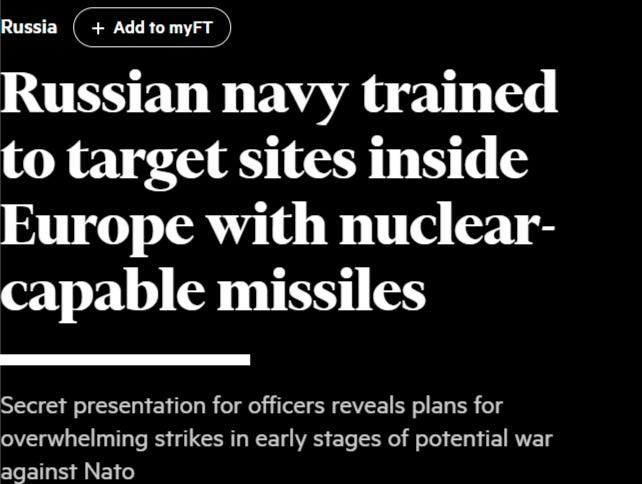

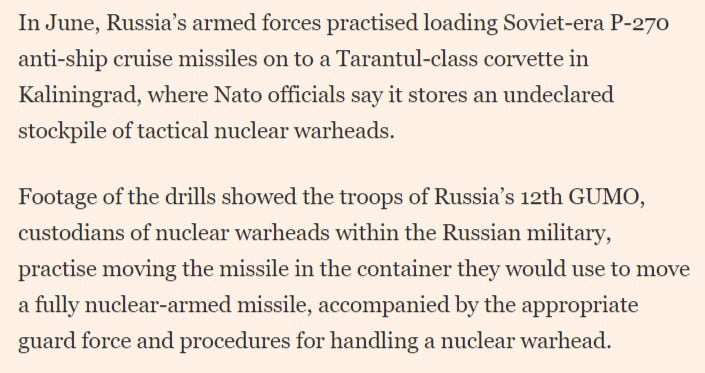
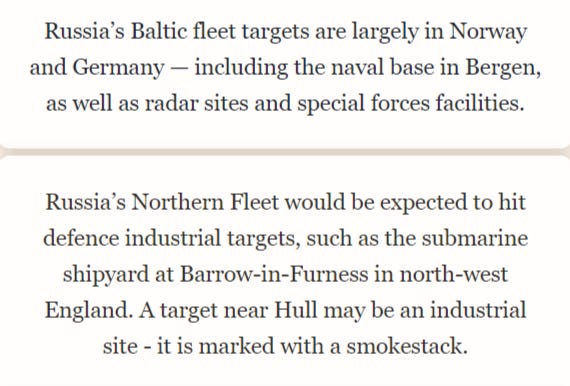

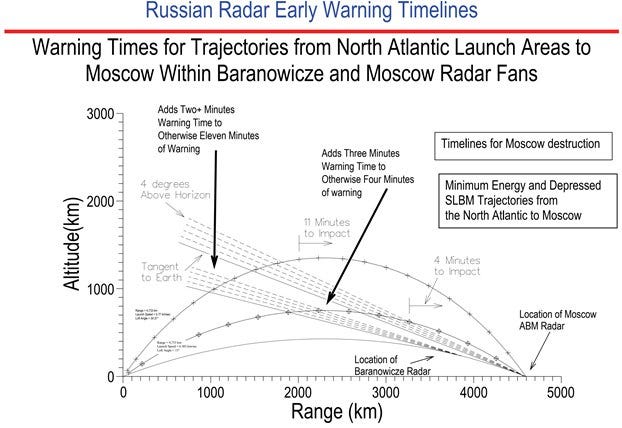

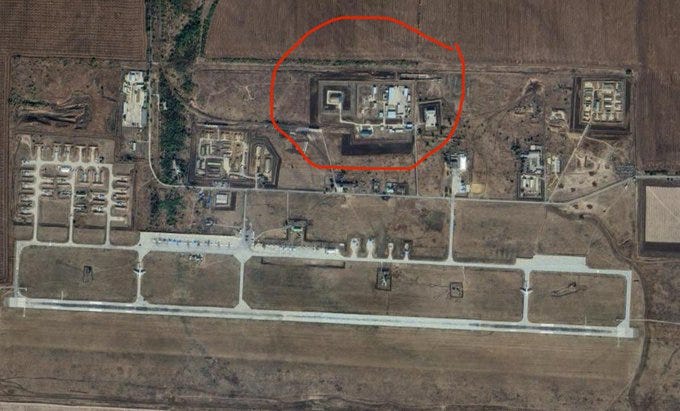


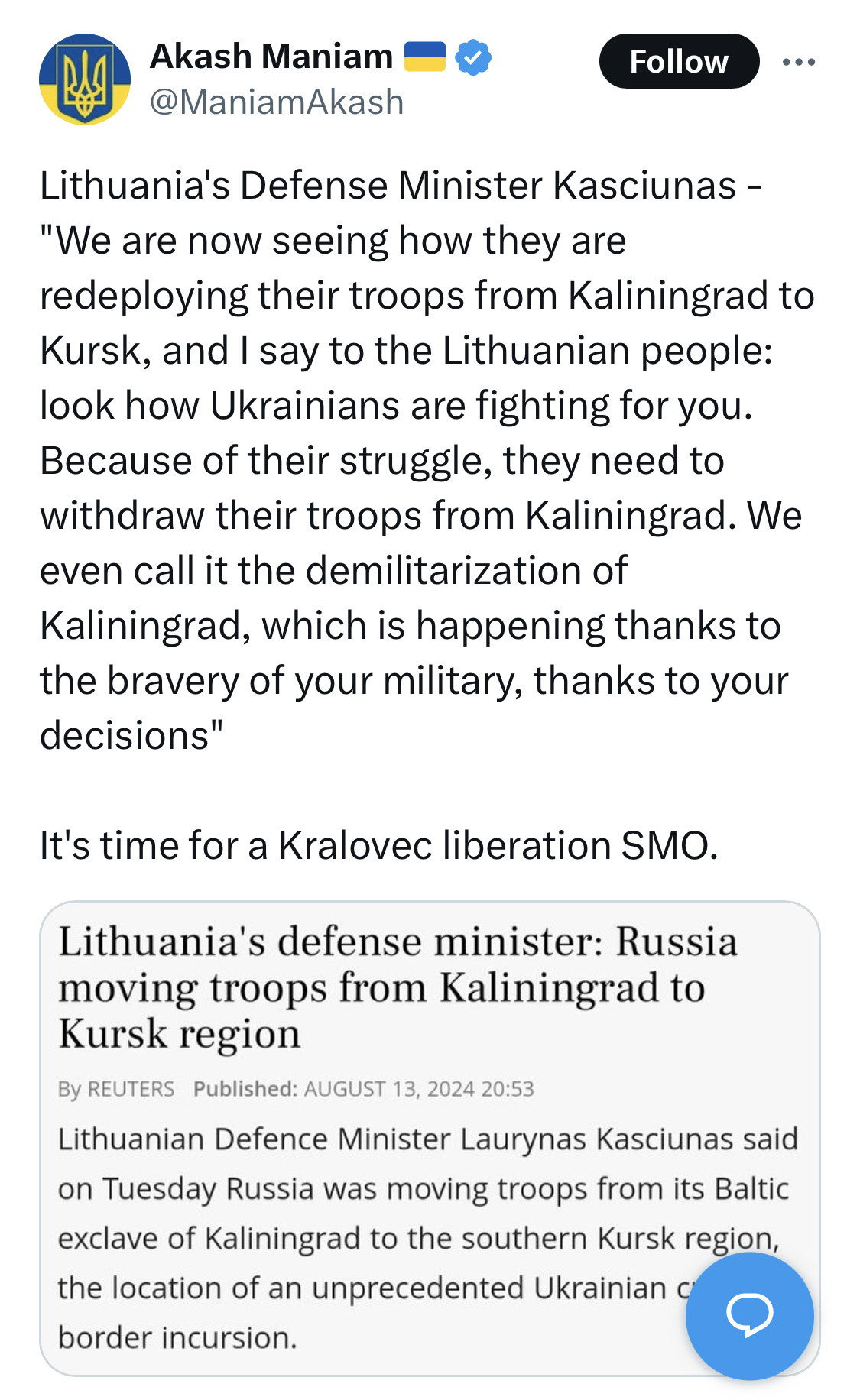
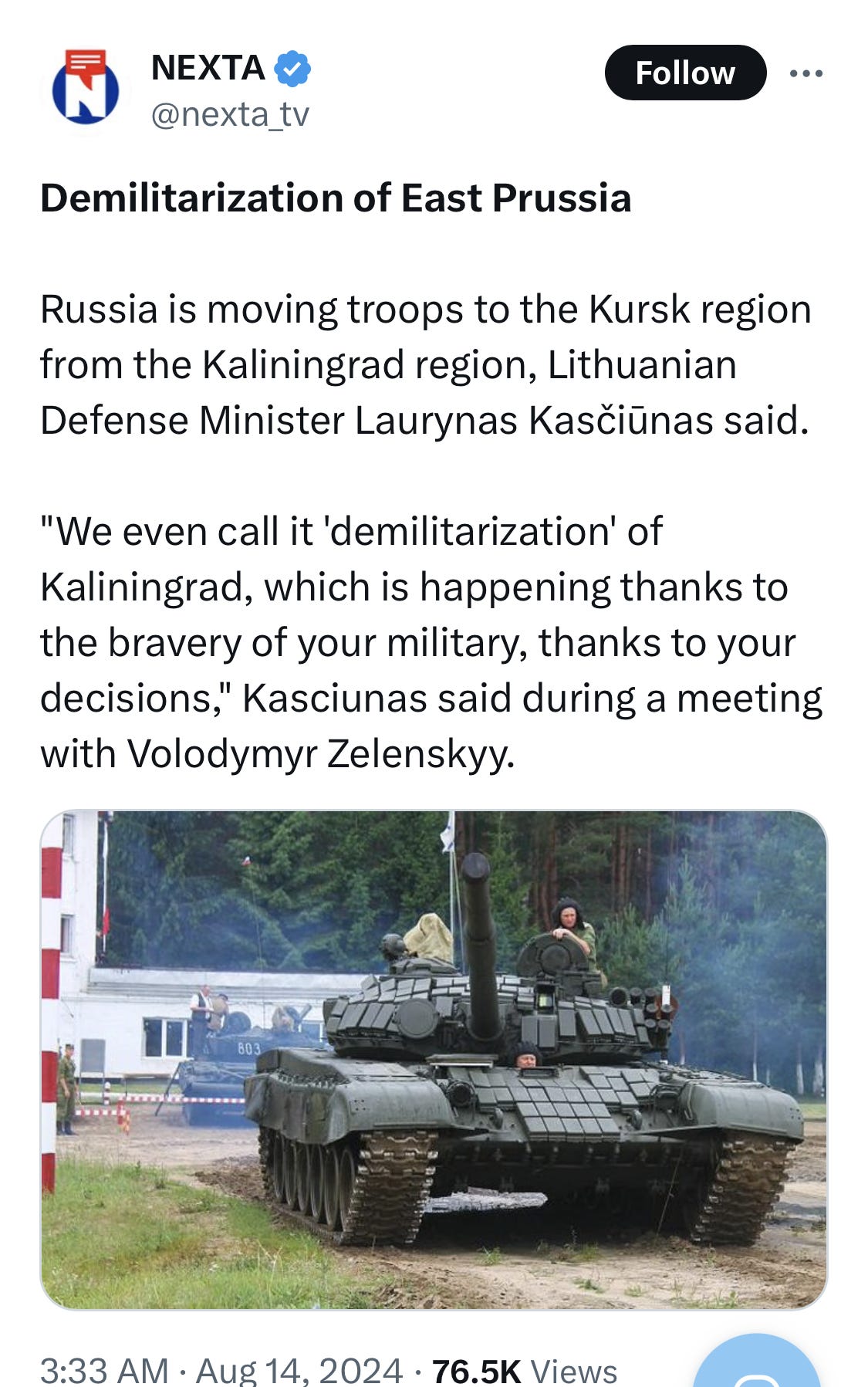
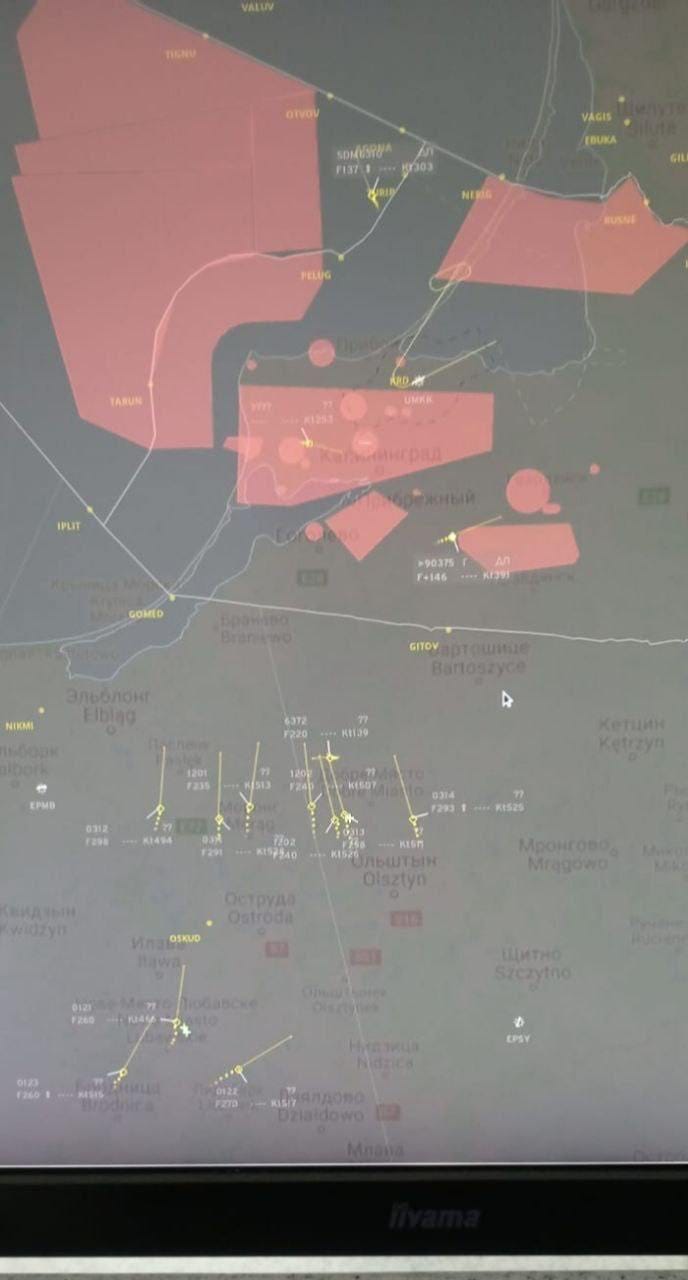
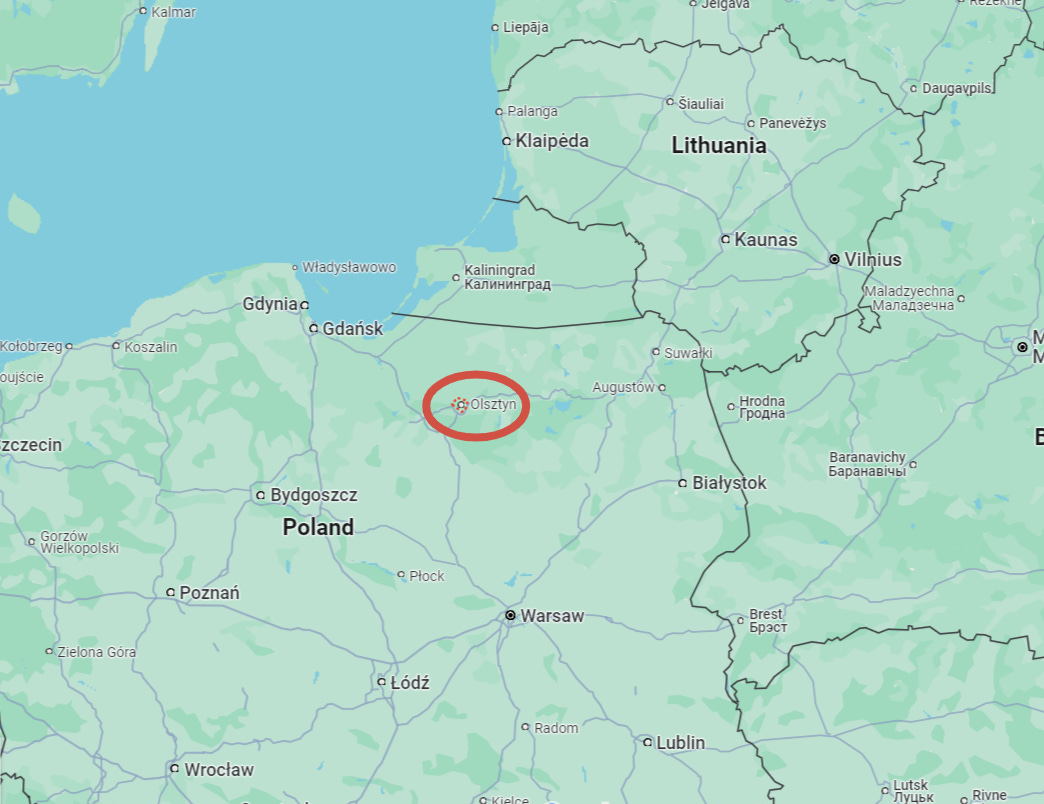


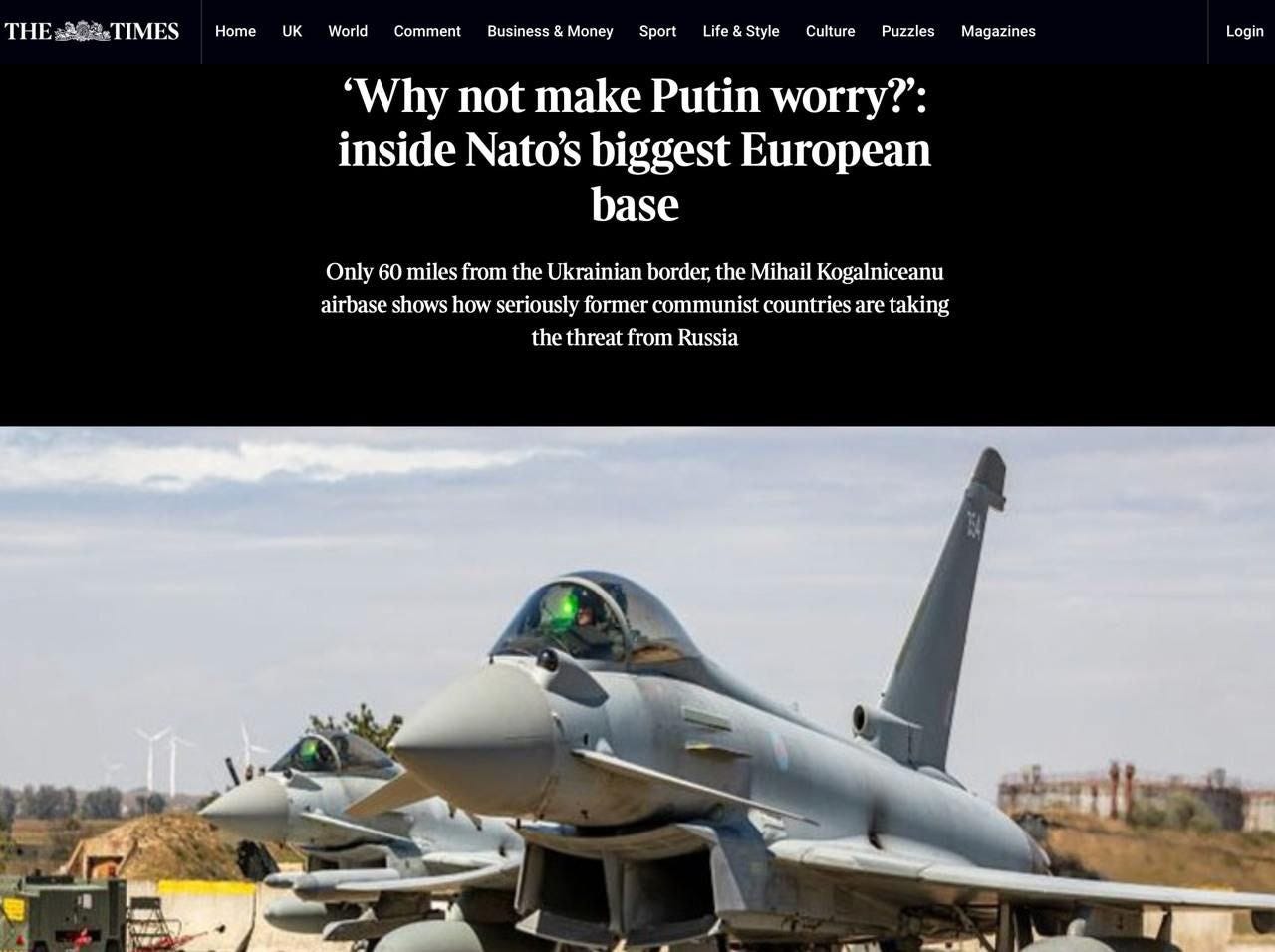


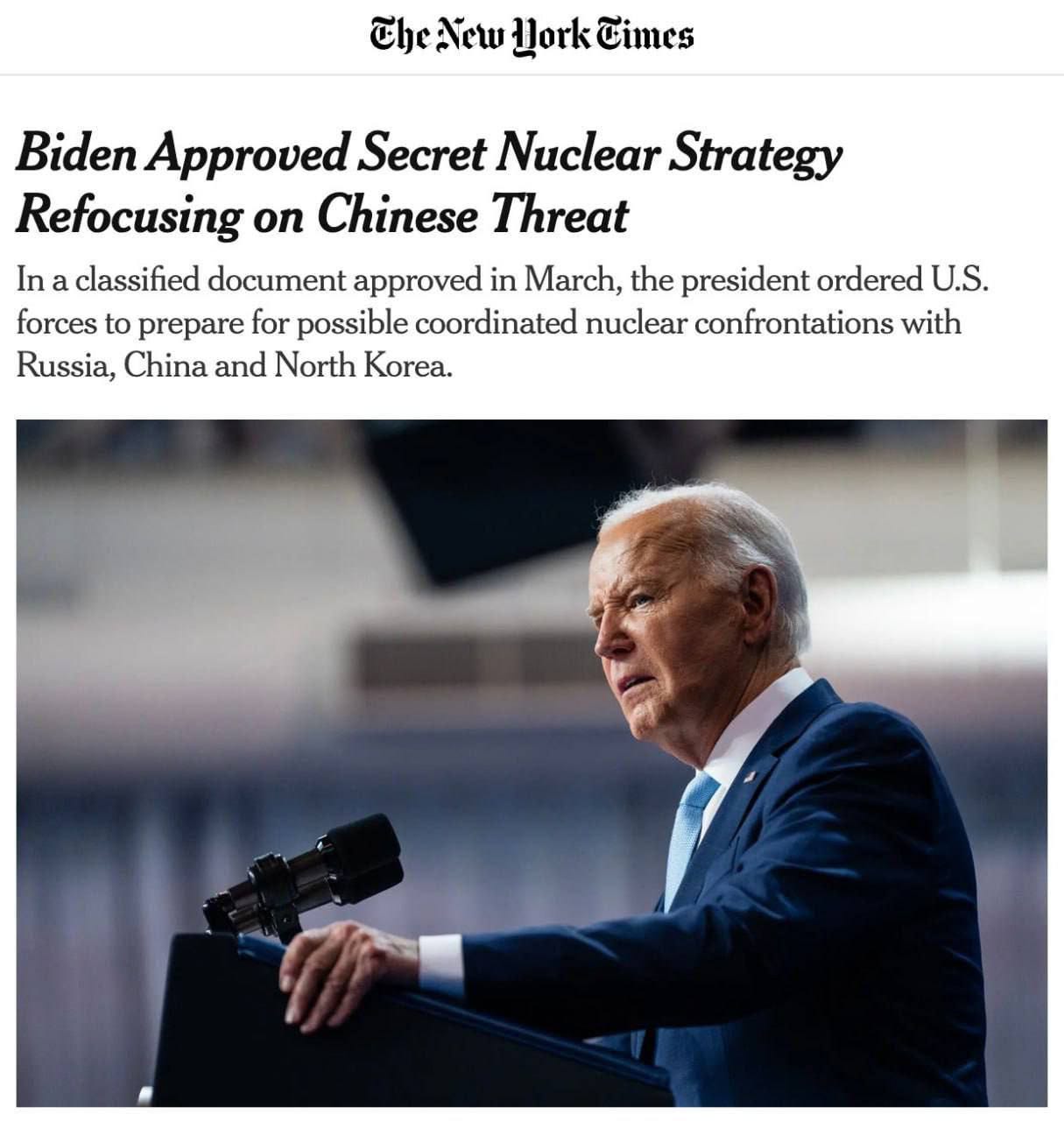
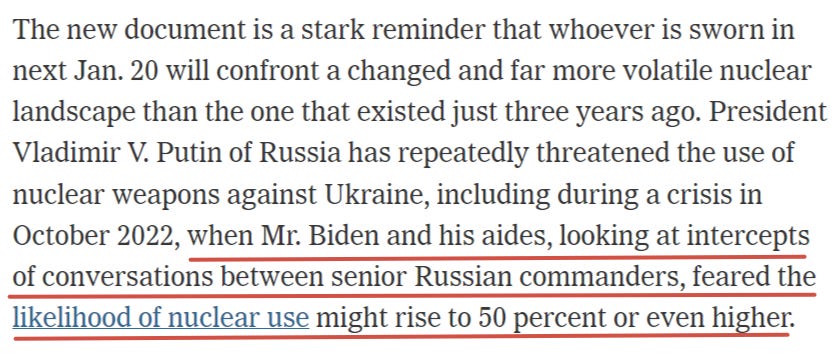

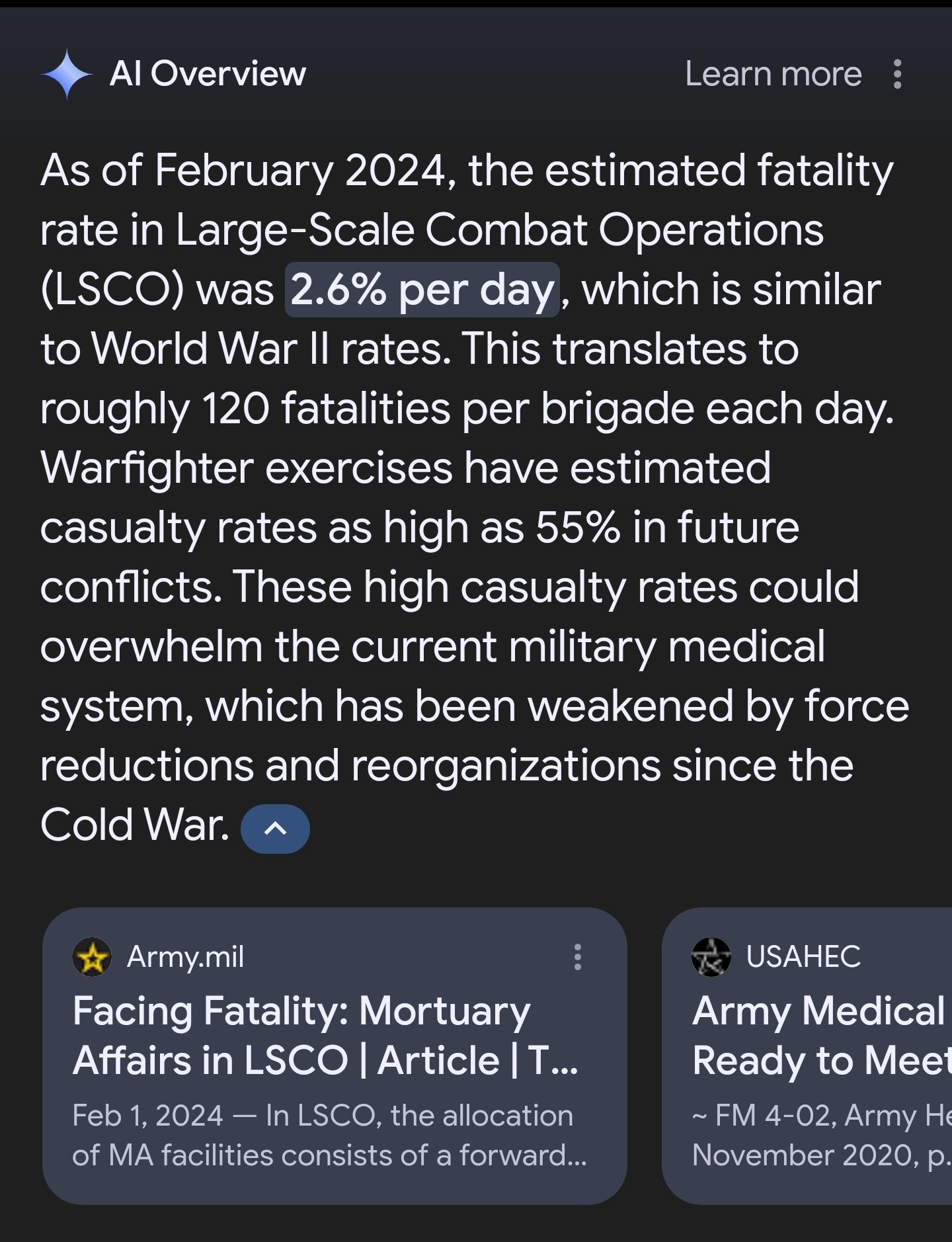


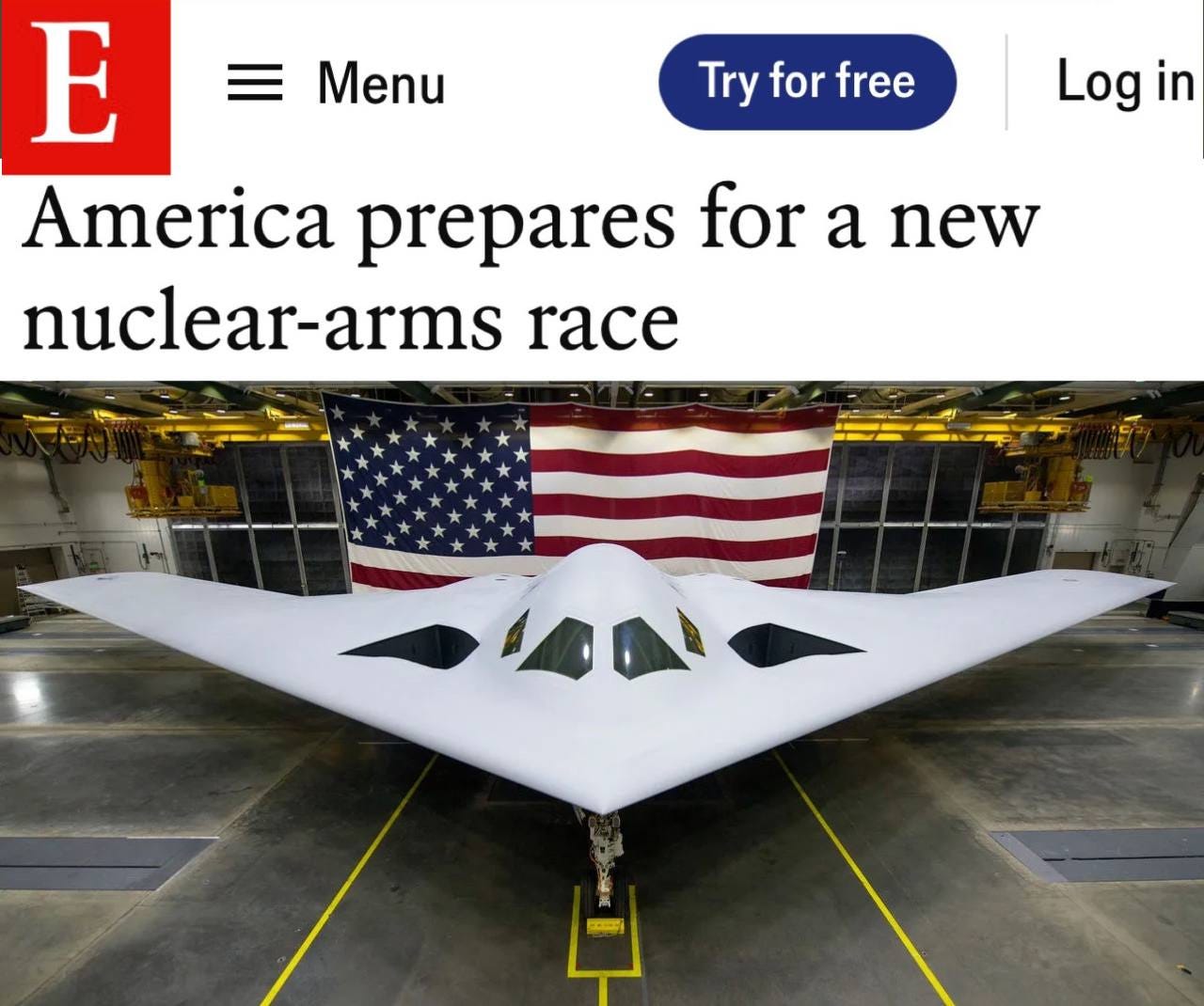
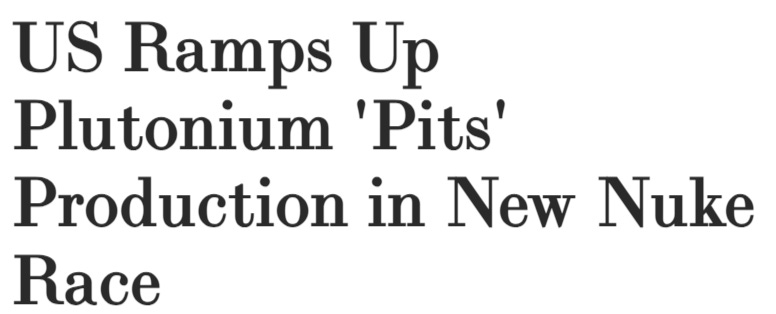






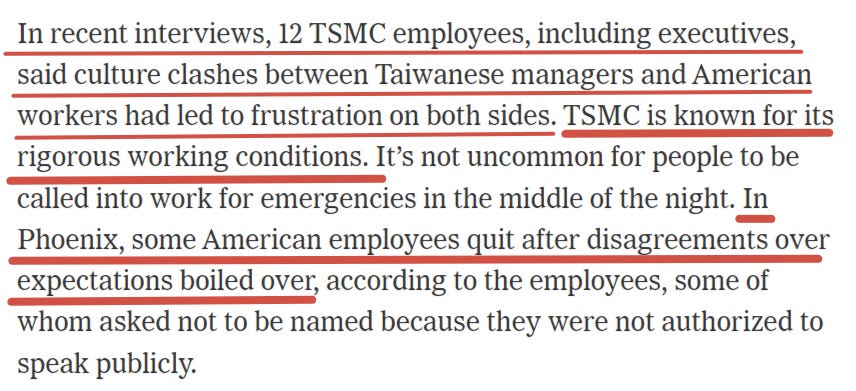
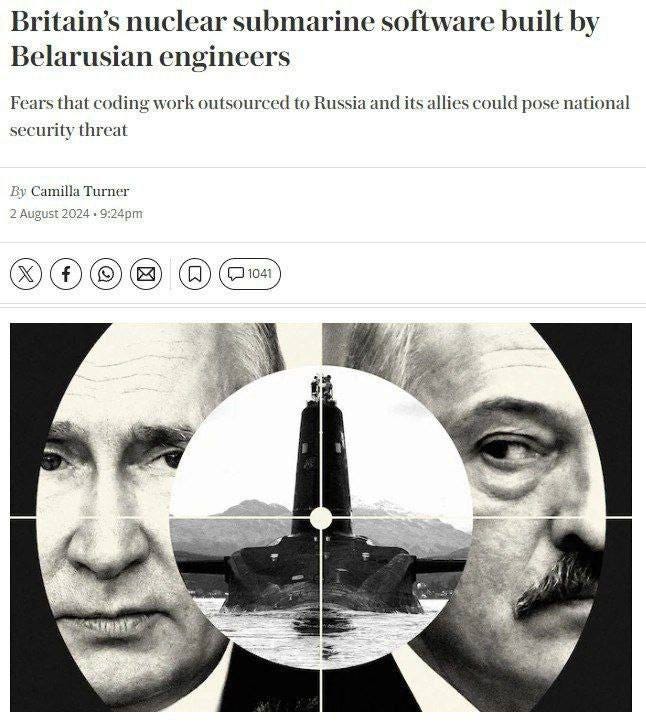

Yes, yes, let me twirl the tips of my mustache & consider these clandestine documents from 2008 through 2014--both a cache & a stash, I tell you--which Financial Times has just acquired, describing Russia's nefarious nuclear intent to use its Northern Fleet in targeting Norway.
This trove of leaked documents, which is also a tranche, if you like, pantingly fear-mongers Russia's capability of delivering pre-emptive tactical nukes from its surface ships.
Cue Edvard Munch's "The Scream"
It's August, a month w/ the doggiest of summer's dog days--and the various battlefronts have gone stale. Iran didn't retaliate against Israel. OTAN mercs & the AFU mounted an Incursion to Nowhere, but VVP didn't target Kiev w/ a tactical nuke. Instead, his Russian Forces continue to run the table in the Donbass. But that's SOP--full of a series of towns whose names are difficult to pronounce or remember, held by a dwindling supply of AFU cannon-fodder.
So the try-hard Financial Times struggles to get our attention by scaring us into believing that secret internal Russian plans call for a potential nuclear "demonstration" strike if things start to escalate.
Over the 31 months of the SMO, when have things not escalated--?!!? Sometimes *things* have escalated weekly, but Russia has not answered that escalation in kind. Why, while winning via conventional means, would Russia need to do so now?
Well, Professor Jeffrey Lewis knows why. "Their concept of war is total war," he confidently told Financial Times. "They're going to want to use [tactical nuclear warheads] and they're going to want to use them quickly."
I can imagine the spittle flying from the Professor's mouth as he lip-smackingly perseverates. Is that a twinkle of glee in his eye--?!!?
Russia has proven itself very capable of delivering an impressive array of devastating strikes w/ its arsenal of conventional weapons, even using the hypersonic, for which no Western air defense system has an answer--so there is no need for Russia to twizzle a tactical nuclear warhead atop one of its missiles.
My thought is that this Financial Times article is its own pre-emptive strike, falsely ginning up the possibility of Russia reaching for the nukes in order to straighten OTAN's spine & get its attention tracking more seriously along nuclear lines.
The article is a projection piece, in other words--a psy op style of journalism, ahem, that we've seen before. It tells us what Russia is going to do when actually the Powers That Be behind the article [ neocons ] are goading the U.S.-led OTAN into doing that very thing: reaching for the tactical nukes.
Interesting: the old saying that general staffs fight the last war rather than plan for new developments seems to be underlined by the FT's 'tranche' of 'secret Russian plans' from 2008 - 2014. It's basically nuclear-war fear mongering since the report is addressed to the general public. After all, it's unthinkable that a) NATO and US military have had no idea about these plans' existence during the following dozen years, and b) that Russia could conceivably have developed new plans during these years! But let's scare the plebs and make them demand 'more nukes! More soldiers!' - because western economies are swimming in money and have no other problems!
The troubles Taiwan's semiconductor producer has with US workers, together with the troubles at Las Alamos is just another hint about the ever decreasing competence and STEM education in the West: knowledge and skills have been lost because other stuff has been deemed far more important, such as transgendering.
The outcry about a clear lack of treating wounded soldiers in case of a large scale war is even more troubling: are these people not aware of severe shortages of drugs for illnesses in western countries - because drug manufacture has mostly been outsourced to China? And what about the 'coming plandemic', money pox and all that? After all, "we" must be scared of that as well ...
And finally, especially regarding that German commander 'preparing' for war: surely he as well as his colleagues in other NATO countries must be aware of the dire situation in their societies caused by mass immigration - of young men of military age? Do they really think that a 'war economy and society' as that during WWII can now be recreated, just like that?
It's as if all these NATO planners and their mouthpieces in the western MSM live in a bubble where reality simply is no longer discernible for them.